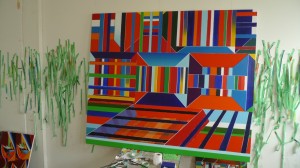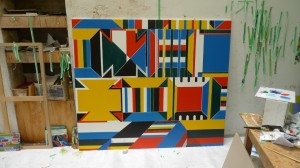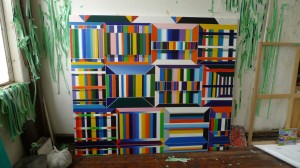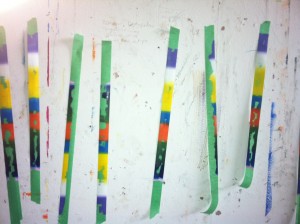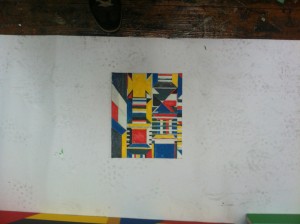Lars and the real world
Have we all heard the story about drowning being a good way to go? It goes like this: once the body gives over, a euphoric wave washes through it, a sense of calm to belie the raw fact of death. I imagine at this moment what you see is not that whole ‘my life flashed before my eyes’ kind of thing—a sequence of poignant images carefully sequenced to sum up a life lived well, or wasted, or lived indifferently or whatever—but rather something more like shapes and colours; a synthesis of everything. And then things simply drop out. What got me thinking about this was a story on Yahoo! 7 News recently. A man died for a period of time and was resuscitated. On his return, he revealed he had been to heaven and there were no surprises. In fact it was just as one might reasonably expect: pink clouds, gates, angels with wings.
How do you make something that means something? Something that moves beyond itself to become more than the sum of its parts, something truly transcendent? I read recently that an artist’s body of work projects them beyond their own lifetime. But in doing this each single work remains linked to both its moment of inception, and to the sequence of historical moments that underlie it. Alfred Gell referred to this as ‘distributed personhood’. He was trying to makes sense of the quality embodied by a group or series of objects which, seen collectively, act as a bodily presence across space and time. Bring together a group of works and you reconstitute part of that body. You bring together an identity, however briefly or partially, and that identity speaks to whomever is around to listen. No wonder artists get nervous before a show. To make art is to enter an ongoing historical act in which your objects enter a lineage of other similar-yet-different objects—your own, other people’s—a lineage of marks and materials, an accrual of historical moments; an infinite weight of ‘then’ upon ‘now’. For any artist at any point in history this weight must at times seem unbearable. It must prompt the question: how might I make something outside history? There’s probably not an answer to this.
You might look around the art world at any given time and wonder why artists sometimes seem to be attempting to collectively recreate the ideals of a particular past moment. This is of course more than history repeating, more than simple nostalgia. Indirectly or not, this kind of translation can only highlight the unavoidable space between then and now. This is how the historical moment becomes recursive, how it reconfigures itself, how ‘innovation’ becomes contingent on ‘tradition’. Regardless of apparent similarities, things in translation always shift and change. Maybe it’s about returning to a juncture in time to imagine other possible futures; trying to picture something that could or should have been if things had turned out a little differently. In this way ‘looking back’ to move a creative project forward might be a form of hope.
Trevelyan Clay (upcoming), Neon Parc, Melbourne, 28 November – 22 December, 2012.
